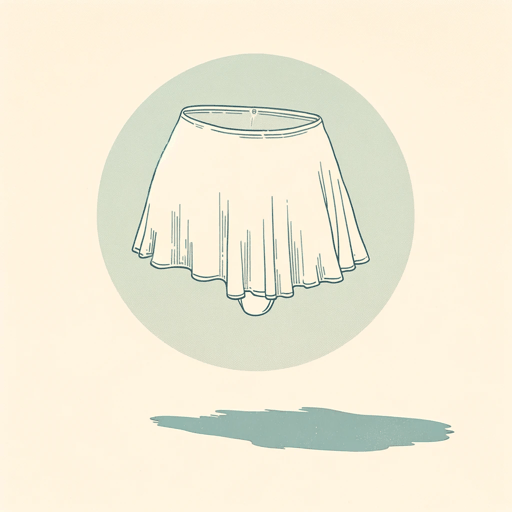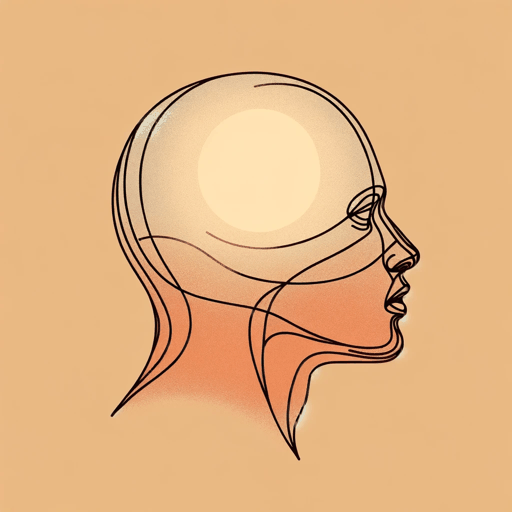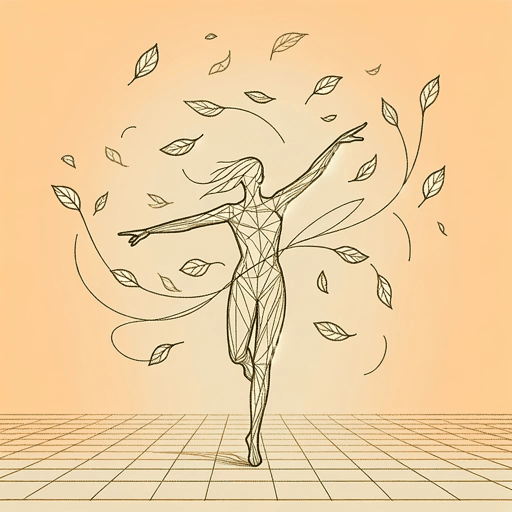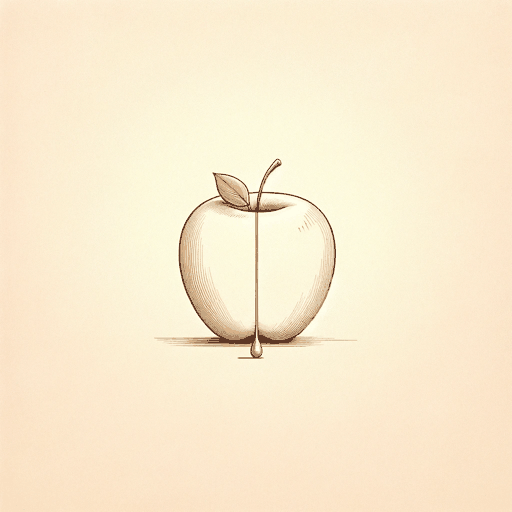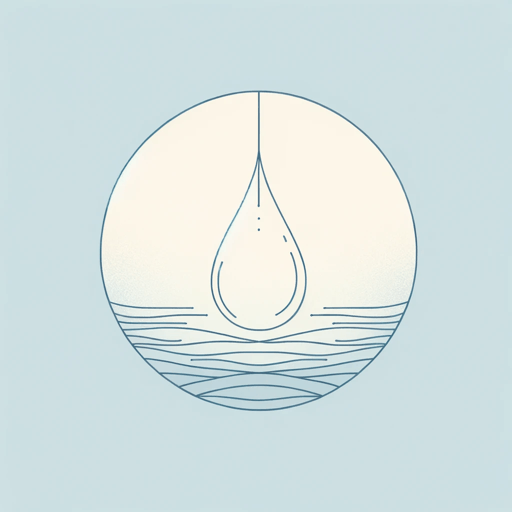19 pages • 38 minutes read
Lucille Cliftonwishes for sons
Fiction | Poem | Adult | Published in 1987A modern alternative to SparkNotes and CliffsNotes, SuperSummary offers high-quality Study Guides with detailed chapter summaries and analysis of major themes, characters, and more.
Symbols & Motifs
The Last Tampon
The “last tampon” (Line 3) symbolizes the inconvenience of the monthly, though oftentimes completely unpredictable, menstrual cycle. The word “last” (Line 3) has a finality to it, and when used to describe a “tampon” (Line 3), a practical product necessary for absorbing menstrual blood, Clifton adds an urgency to the poem. By wishing sons “the last tampon” (Line 3) and “no 7-11” (Line 4), the speaker reveals the psychological stress women and people who menstruate endure on top of the physical pain caused by their period. The symbol of the tampon adds nuance to the experience of menstruation, exposing the multiple levels of preparedness necessary for monthly bloodshed.
The White Skirt
The “white skirt” (Line 6) is a multifaceted symbol, representing the shame and stigma that the patriarchy has attached to menstruation. Historically, the female body has been scrutinized and objectified on a public and personal level. Women are taught from an early age to hide their periods. Periods are seen as dirty and shameful despite the fact that over half of the population experiences them on a monthly basis. The “white skirt” (Line 6) in Clifton’s “wishes for sons” makes this secret shame visible. The speaker wishes boys “one week early / and wearing a white skirt” (Lines 5-6), shocked by an early period staining a crisp, white article of clothing.
Related Titles
By Lucille Clifton
Featured Collections
Books on Justice & Injustice
View Collection
Challenging Authority
View Collection
Childhood & Youth
View Collection
Coming-of-Age Journeys
View Collection
Equality
View Collection
Fear
View Collection
Feminist Reads
View Collection
Mothers
View Collection
Poems of Conflict
View Collection
Poetry: Perseverance
View Collection
Power
View Collection
Pride & Shame
View Collection
Short Poems
View Collection
The Best of "Best Book" Lists
View Collection
Valentine's Day Reads: The Theme of Love
View Collection
